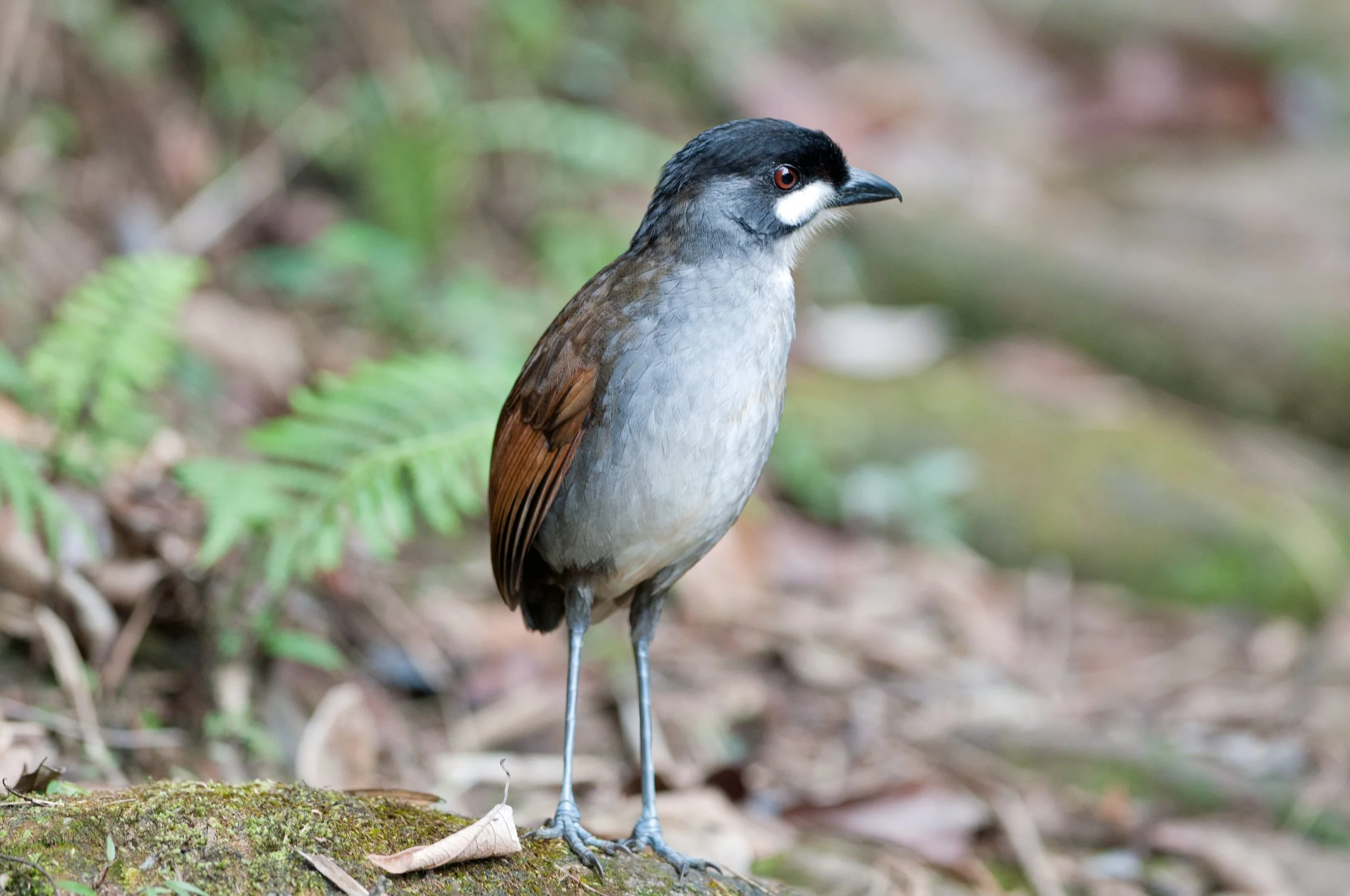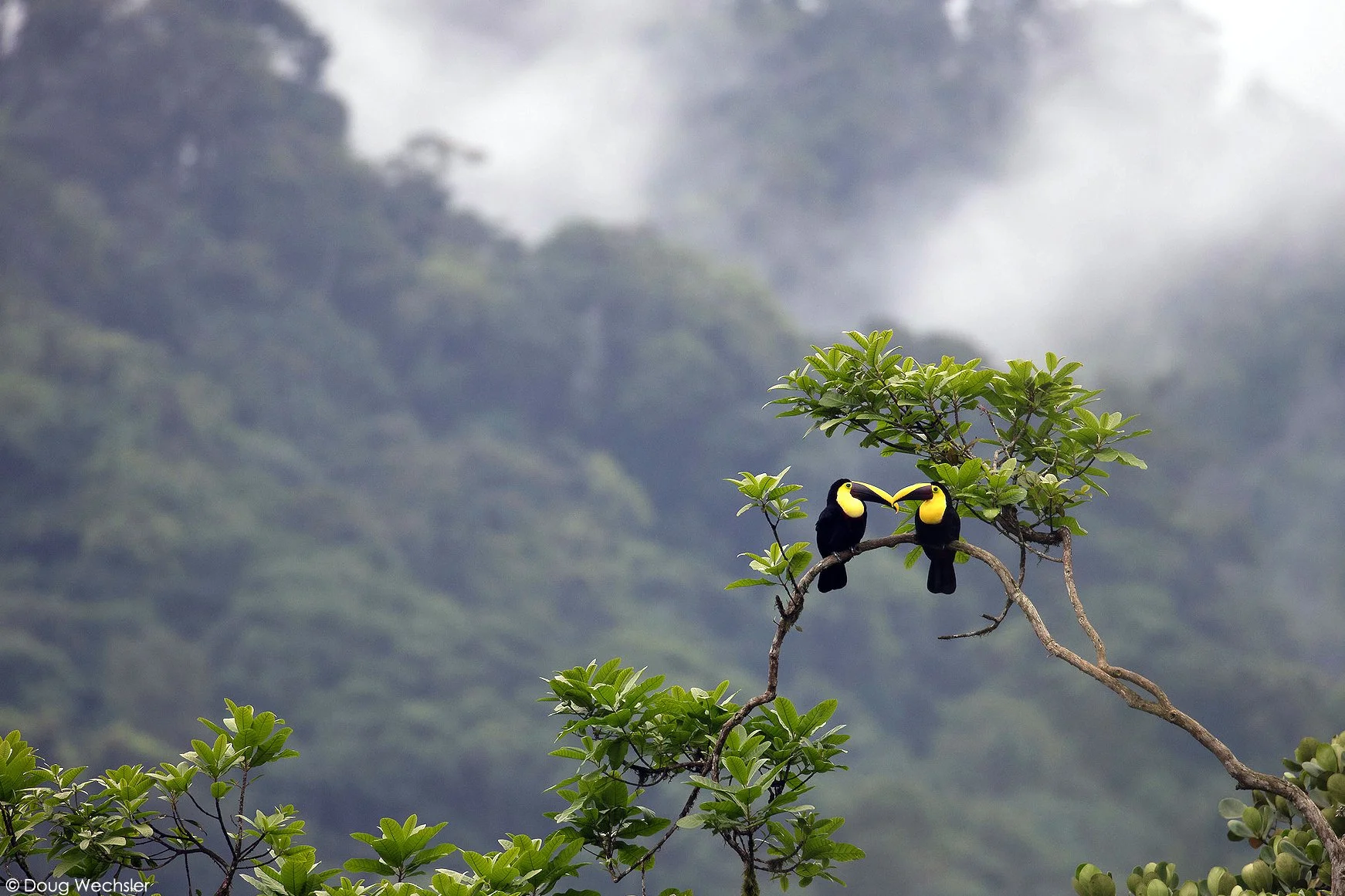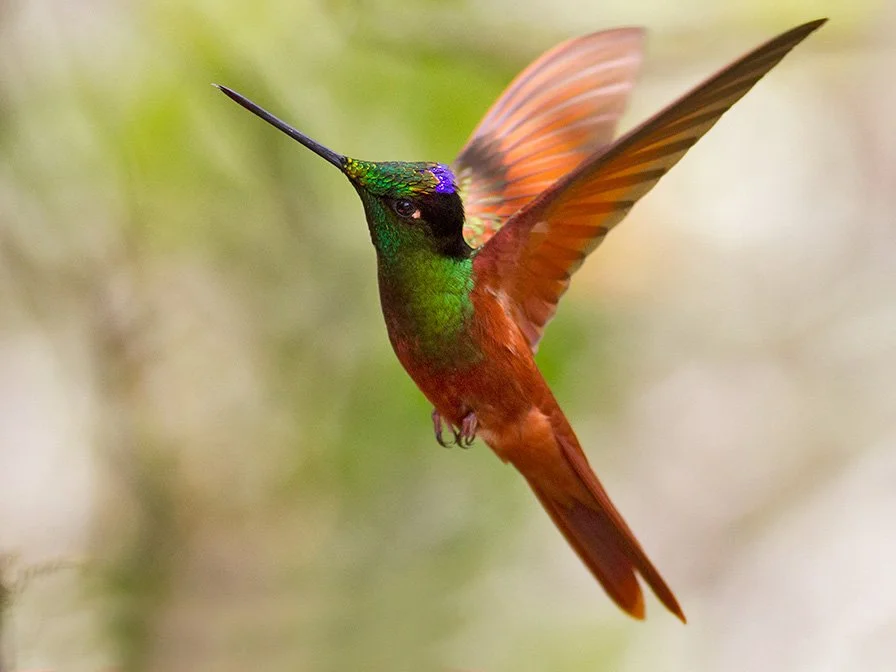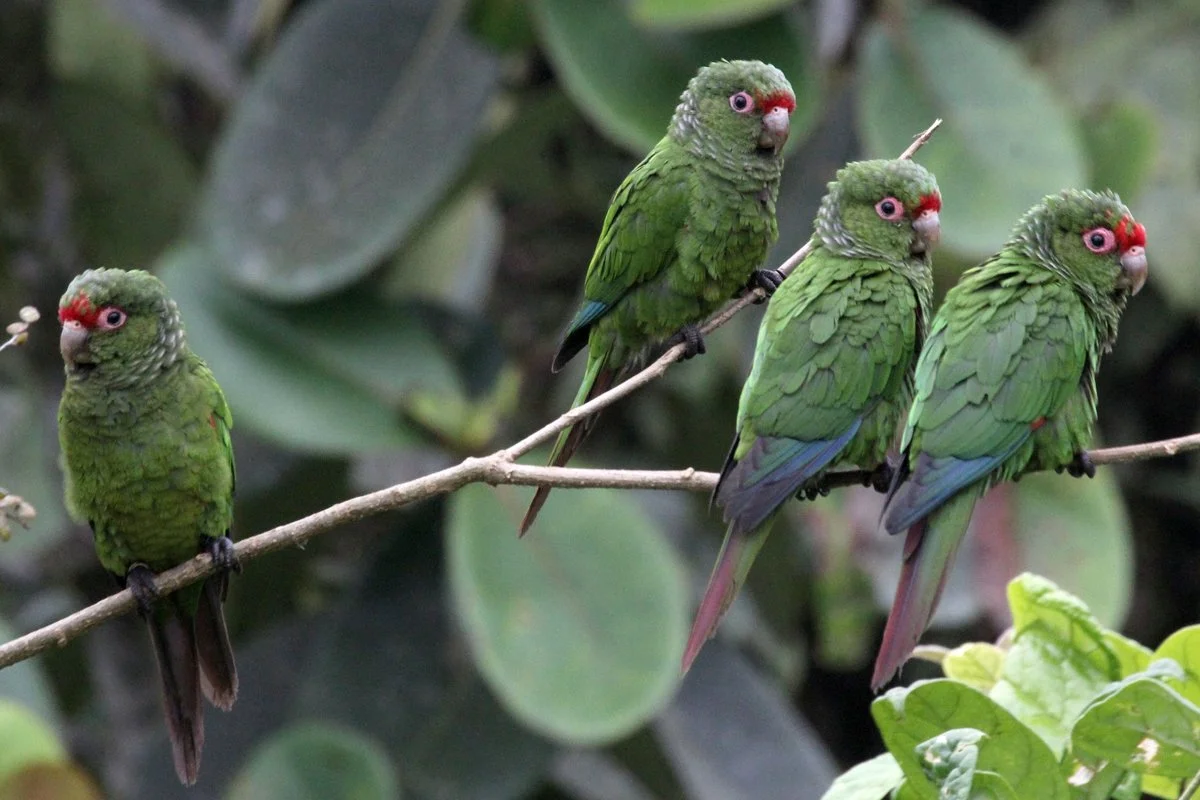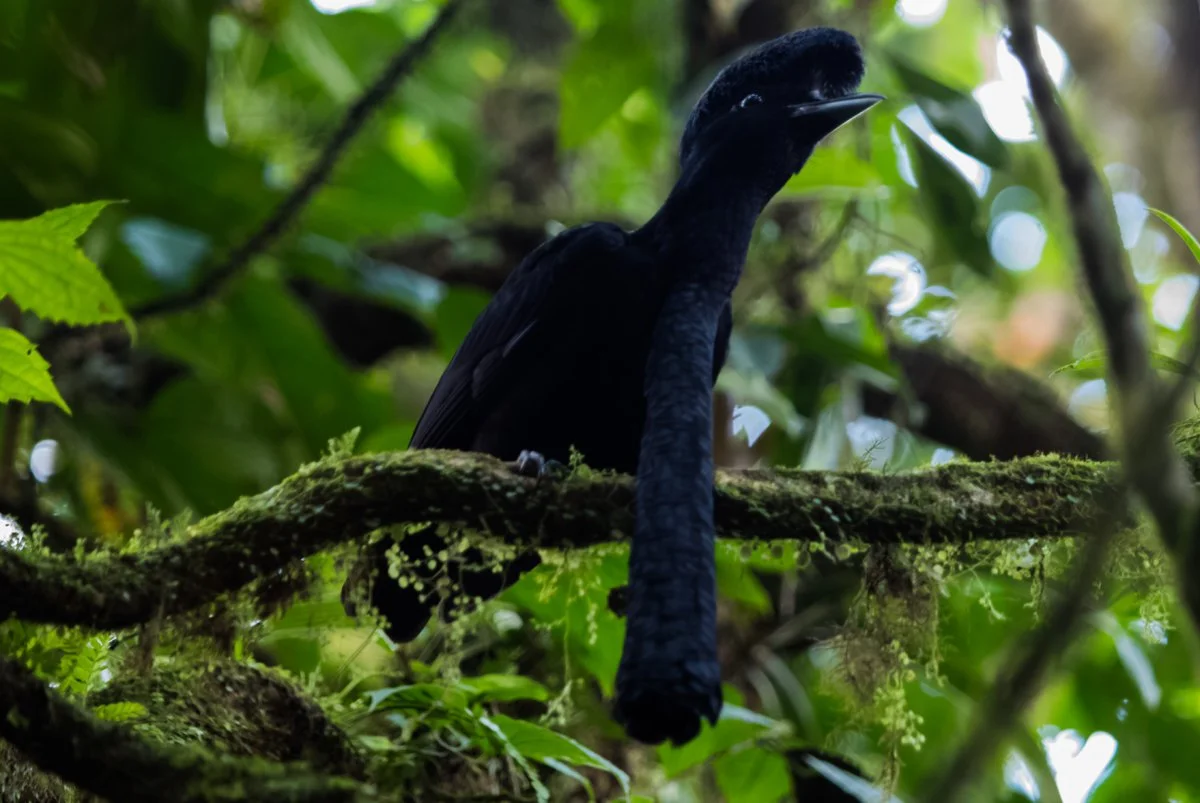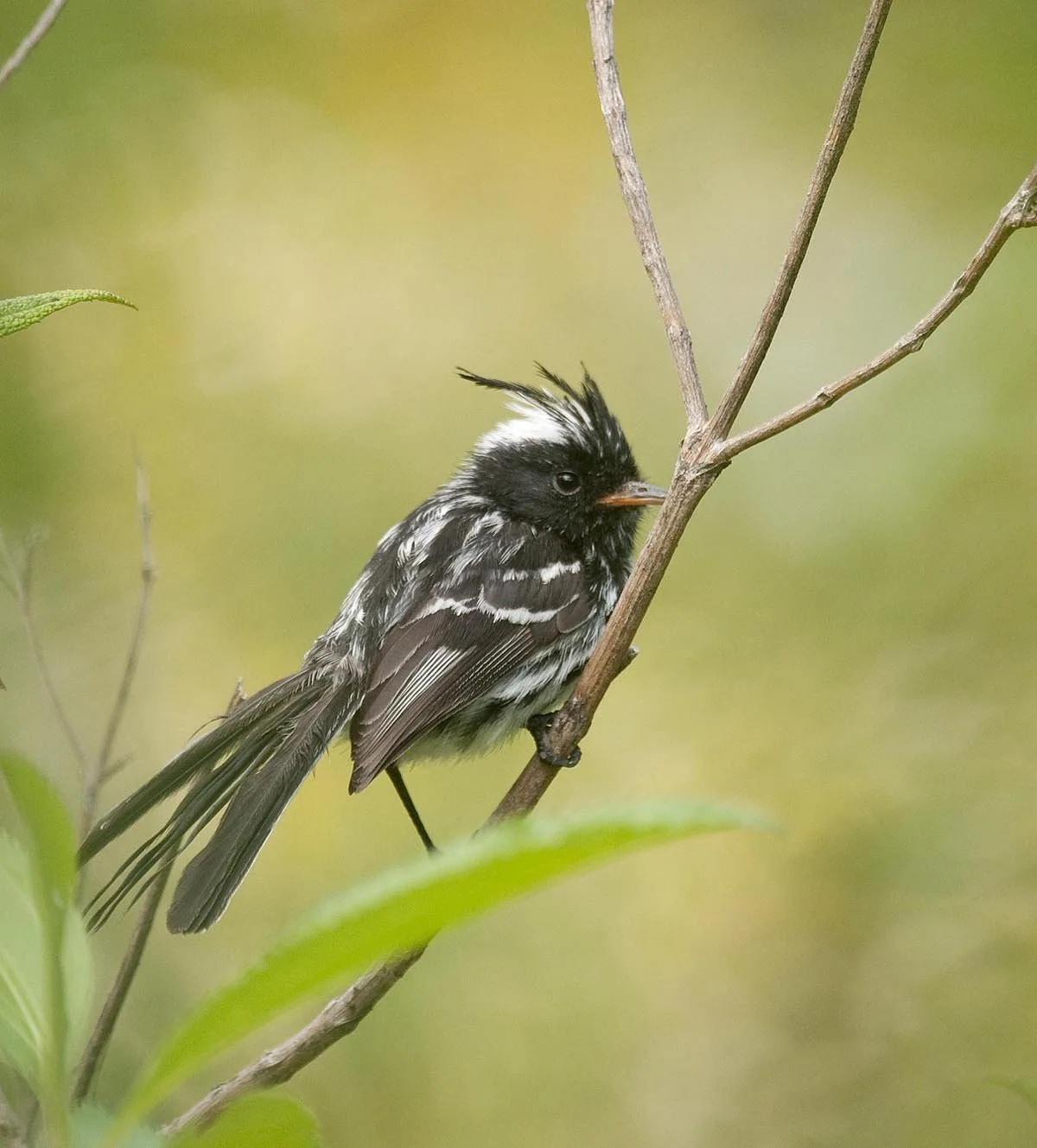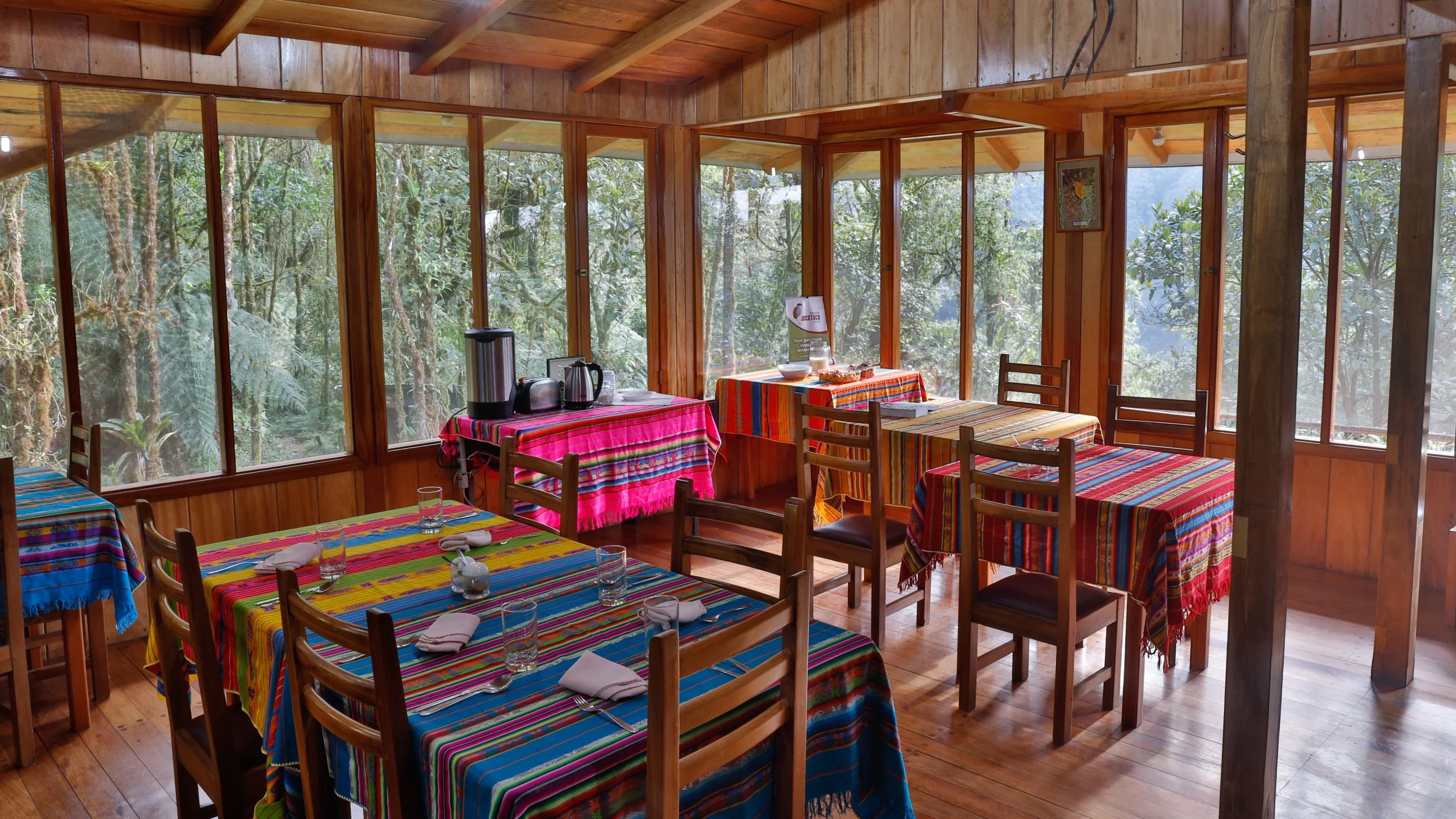Ecuador, the Center of the World:
Guayaquil & The South, Jan. 28-Feb. 5, 2023
DETAILED ITINERARY
-
Upon arrival at the Guayaquil airport you will be met by our driver and transferred to the Wyndham Guayaquil, where we will spend our first night.
-
The area of Manglares Churute contains a mix of lagoons, mangroves, and semihumid forest. Here we can try for the Pacific Royal-Flycatcher, Jet Antbird, Orange-crowned Euphonia, and Common (Mangrove) Black-Hawk. And with luck we should find some the ancient & bizarre Horned Screamers in nearby rice paddies. Later in the morning, we drive south for a few hours. In the afternoon, we will arrive at the Buenaventura Reserve, where we will spend two nights. We begin our birding at their amazing hummingbird feeders. Emerald-bellied Woodnymph, Violet-belled Hummingbird, and Green Thorntail are just a few of the species that visit. Fruit feeders also attract a variety of interesting birds like Rufous-headed Chachalaca and Pale-mandibled Aracari. Late in the afternoon, we’ll take a short but steep trail down into a ravine where the spectacular Long-wattled Umbrellabird can often be seen displaying. Accommodations & all meals at Umbrellabird Lodge.
-
The reserve’s flagship species are the El Oro Parakeet and the El Oro Tapaculo. It is also home to species from both the Choco and Tumbesian regions, two unique areas with high levels of biodiversity & endemism. These species include Rufous-headed Chachalaca, Ochre-bellied Dove, Grey-backed Hawk, Pacific Royal Flycatcher and Ochraceous Attila. Close to the research station is a lek of the threatened Long-wattled Umbrellabird. Different types of feeders are placed near the lodge for birds and mammals where a diversity of Hummingbirds, Tanagers and Toucans can be seen, alongside Coatis. Overnight at Umbrellabird Lodge.
-
Very early in the morning we can walk around the garden and the entrance route to observe some more birds in Buenaventura reserve. After breakfast, we drive south to the Jorupe Lodge in the Tumbesian dry forest habitat. We will take a packed lunch and bird along the way. En route we will want to bird the amazing deciduous forest near El Empalme. Among the giant Ceiba trees we may see White-headed Brush-Finch, Tumbes Hummingbird and Baird’s Flycatcher. Overnight at Urraca Lodge.
-
During this day, we will walk around the Jorupe reserve spending all day birding around the deciduous forest in the Tumbesian region of southwest Ecuador where we hope to find Tumbesian endemics such as Blackish-headed Spinetail, Henna-hooded Foliage-gleaner, Slaty Becard, Loja Tyranulet, Watkins Antpitta and Western Peruvian Screech Owl. We will also hopefully spot the spectacular King Vulture and White-tailed Jay, which is found only in this Tumbesian Dry Forest of SW Ecuador & NW Peru. Overnight at Urraca Lodge.
-
On this day we will visit the forest patches near Sozoranga on the way to Tapichalaca reserve (a 45 minute drive) which hold yet more Tumbesian endemics like Bay-crowned Brush-Finch, Chapman’s Antshrike, Tumbesian Tyrannulet, Loja Hummingbird, and Black-cowled Saltator. We continue on up the windy road to the Utuana reserve, where we look for scarce species like Gray-headed Antbird, Rufous-necked Foliage-gleaner, Rusty-breasted Antpitta, Piura Hemispingus, and Jelski’s Chat-Tyrant. The unbelievably cute Black-crested Tit-Tyrant is likely to be a highlight, and the hummingbird feeders here attract Purple-throated Sunangel and Rainbow Starfrontlet. In the afternoon, we bird our way to Tapichalaca reserve. Accommodation at Casa Simpson.
-
We will visit the Tapichalaca Reserve of the Jocotoco Foundation for two full days. This amazing reserve was established in 1998 to protect the habitat of the newly-discovered Jocotoco Antpitta, a species whose total known population has remained at about twelve pairs since they were discovered at Cerro Tapichalaca by Dr. Robert Ridgely in 1997. We will spend a full day birding the trails of Tapichalaca reserve, starting with the Jocotoco Antpitta worm feeder. Apart from the Jocotoco Antpitta, we have the chance to see other interesting birds such as Chestnut-naped Antpitta, Orange-banded Flycatcher, White-throated Quail-dove, White-capped Tanager. Overnight and meals at Casa Simpson – Tapichalaca.
-
Very early in the morning we continue to the north. We’ll make a stop at the mountains above Saraguro, making a special effort to see the incredible Crescent-faced Antpitta. This Antpitta lurks in dense patches of bamboo at the timberline, and with patience and luck we may be able to spot one! Other scarce species, like Black-headed Hemispingus, Flammulated Treehunter, Bearded Guan, Masked Mountain-Tanager, Glowing Puffleg Hummingbird, and Agile Tit-Tyrant also occur here. The very rare Chestnut-bellied Cotinga is also possible, though much luck is required: it was seen and photographed on similar tours in late 2017 and mid 2019. At the end of the day, we will spend the night in the city of Cuenca.
-
We’ll start our birding near some high-altitude lakes where we could find Ecuadorian Rail, Andean Ruddy-Duck, Andean Teal, and Yellow-billed Pintail, while the surrounding forest has a variety of colorful tanagers and hummingbirds. We’ll then stop to look for the endemic Violet-throated Metaltail and local Mouse-colored Thistletail, Tawny Antpitta, Andean Tit-Spinetail, Many-striped Canastero, Stout-billed Cinclodes, and others. The gnarly Polylepis shrubs, endemic to the Andes, are loaded with pretty Tit-like Dacnises, and there’s a good chance of finding a Giant Conebill. The highway through the park continues on to Guayaquil (3 hours), and we will drive to the international airport.

